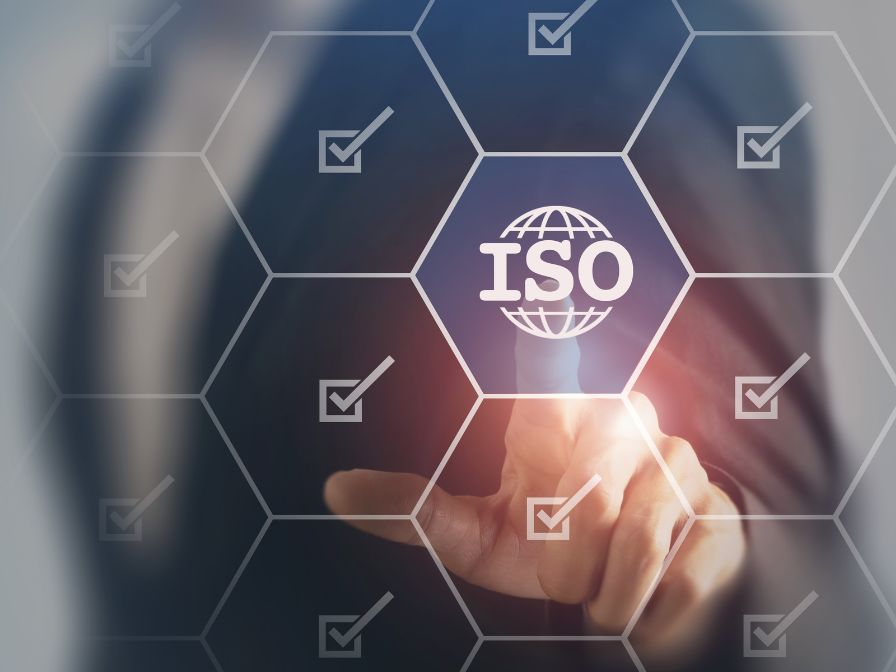Strategic Thinking is defined as a mental or thinking process applied by an individual to achieve a set of goals. In business it involves the generation and application of opportunities to create a competitive advantage for an organization. One major strategic thinking competency called Systems Thinking adopts a holistic approach to problem solving, focusing on the way system parts inter-relate and work within the larger system. This way of thinking can be advantageous when applied to ISO 20022 implementation strategy.
What is the state of ISO 20022 today? ISO 20022 is an emerging global and open standard for payments messaging and data–in effect, a common global language for payments. The SWIFT network, and many other major market infrastructures, will be 100% ISO 20022 based by 2025. By 2023, ISO 20022 will account for 80% of high value transactions by volume and 87% by value. Financial institutions worldwide are undertaking ISO 20022 transformation programs to migrate their domestic and cross-border payment systems to the new standard.
Compliance is an important aspect of a bank’s payments ecosystem, but ISO 20022 is not just about compliance. If we take a step back and adopt a systems thinking approach to the migration challenge, ISO 20022 adoption can help banks generate greater revenues and achieve higher ROI.
How is this possible? As next-gen payments grow, so will fraud and money laundering. With detailed and structured information available in the extended data of an ISO 20022 message, payments and messaging systems will be efficient in detecting fraudulent transactions, thus eliminating false positives and saving on manual investigation and transaction costs. This will also help banks achieve higher STP, while avoiding penalties and enhancing their reputations. In 2020 alone, penalties levied on banks for failing to comply with fraud/AML activities ranged from $37.8 mn to $3 bn.
Structured formatting can help in achieving accuracy, clarity, and transparency in payment processing. Banks can mine this enriched data to unearth insights for making informed decisions, and improve the accuracy of customer targeting. This can also help banks launch more relevant products for customer cross-selling and upselling. The result? Cost reduction. According to a McKinsey study, sales and marketing generate 15% of the costs in financial service companies, so improving the efficiency of these processes can lead to significant cost savings. It will also help in bringing down customer acquisition cost through the 3Rs – Repeat, Referral and Retention.
Adapting to customer demand for new services, including real time payments and request-for-pay, can also be achieved easily through ISO 20022. Real time payment transactions in 2020 topped 70.3B, an increase of 40% from 2019. The value of RTP transactions rose from $69T in 2019 to $92T in 2020 and is expected to grow at 12% CAGR by 2025. ISO 20022 will provide banks with much-needed scalability and resiliency at lower cost, raising margins.
If financial institutions apply systems thinking correctly, they will view ISO 20022 adoption from more than just a compliance or regulation perspective. Better fraud detection, higher STP, next gen payments, and improved business insights will emerge as clear benefits of the standard. The extended ISO 20022 ecosystem will help banks generate a significant increase in revenue which can be reflected in their returns to stakeholders. The tactical aspects of ISO 20022 implementation may involve higher costs in the short term, but will deliver greater benefits in the long run, enabling banks to pull ahead of their competition and retain customers and revenues.







